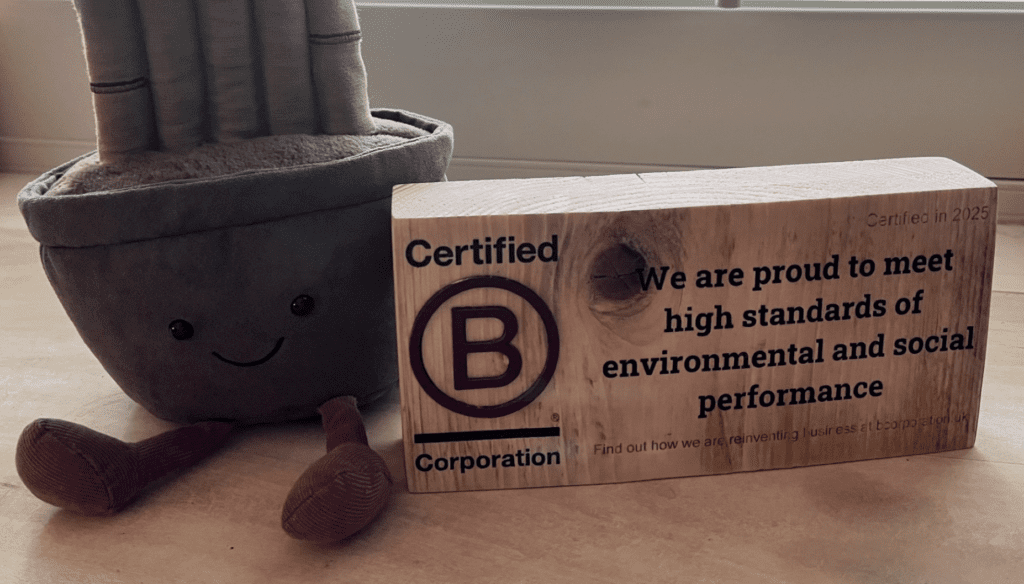Salesforce Dynamic Forms: A Deep Dive
If you’re a Salesforce user, you’ve probably come across a record page or two that is so cluttered it makes you feel like you’re drowning in data.
You end up scrolling through tons of fields to find what you need, wishing there was a better way. Salesforce’s Dynamic Forms might just be the solution you’ve been looking for.

What are Salesforce Dynamic Forms?
Don’t let the name ‘Dynamic Forms’ confuse you – ‘Dynamic Pages’ may have been more accurate! It’s not about application or monitoring forms, but it is about crafting dynamic pages in Salesforce that can transform to fit your user’s needs at any given moment.
Salesforce created Dynamic Forms with one goal in mind: to make life easier for users. Dynamic Forms provide a user-friendly page layout that shows only the relevant information at that moment, so you don’t have to sift through irrelevant data.
Fields can be placed anywhere on the layout, and visibility rules can be used to make fields and components disappear or appear based on specific criteria. In short, Dynamic Forms can simplify your Salesforce workflow and save you time.
Before the introduction of Dynamic Forms, Admins had to create and manage multiple page layouts and permissions to meet their different users’ needs – a complicated and time-consuming process. With Dynamic Forms, admins can easily tailor layouts to the specific needs of individual employees, without wasting hours creating profiles and page layouts. Your Grants Officers and Finance Team can have different page layouts that adapt dynamically to their individual needs at that moment in time.
How do I get started with Dynamic Forms?
Dynamic Forms is a relatively new feature in Salesforce that’s starting to excite users.
An increasing number of organisations are exploring its potential, and it’s clear that it could make a big difference to user experience. If you’re curious, a great way to get started is by watching this deep-dive video produced by Salesforce Ben. It provides an excellent demo of Dynamic Forms in action, so you can see for yourself what all the fuss is about.
If you want to delve deeper and explore Dynamic Forms further, our Service Design Team and Evolve Team are here to help. The Service Design Team can research and test how pages could be set up to be most user-friendly, while the Evolve Team can work with you to implement those changes and help you get the most out of this exciting new feature.
Don’t hesitate to get in touch and take the first step on your Dynamic Forms journey!






